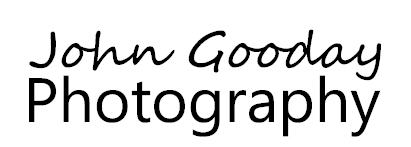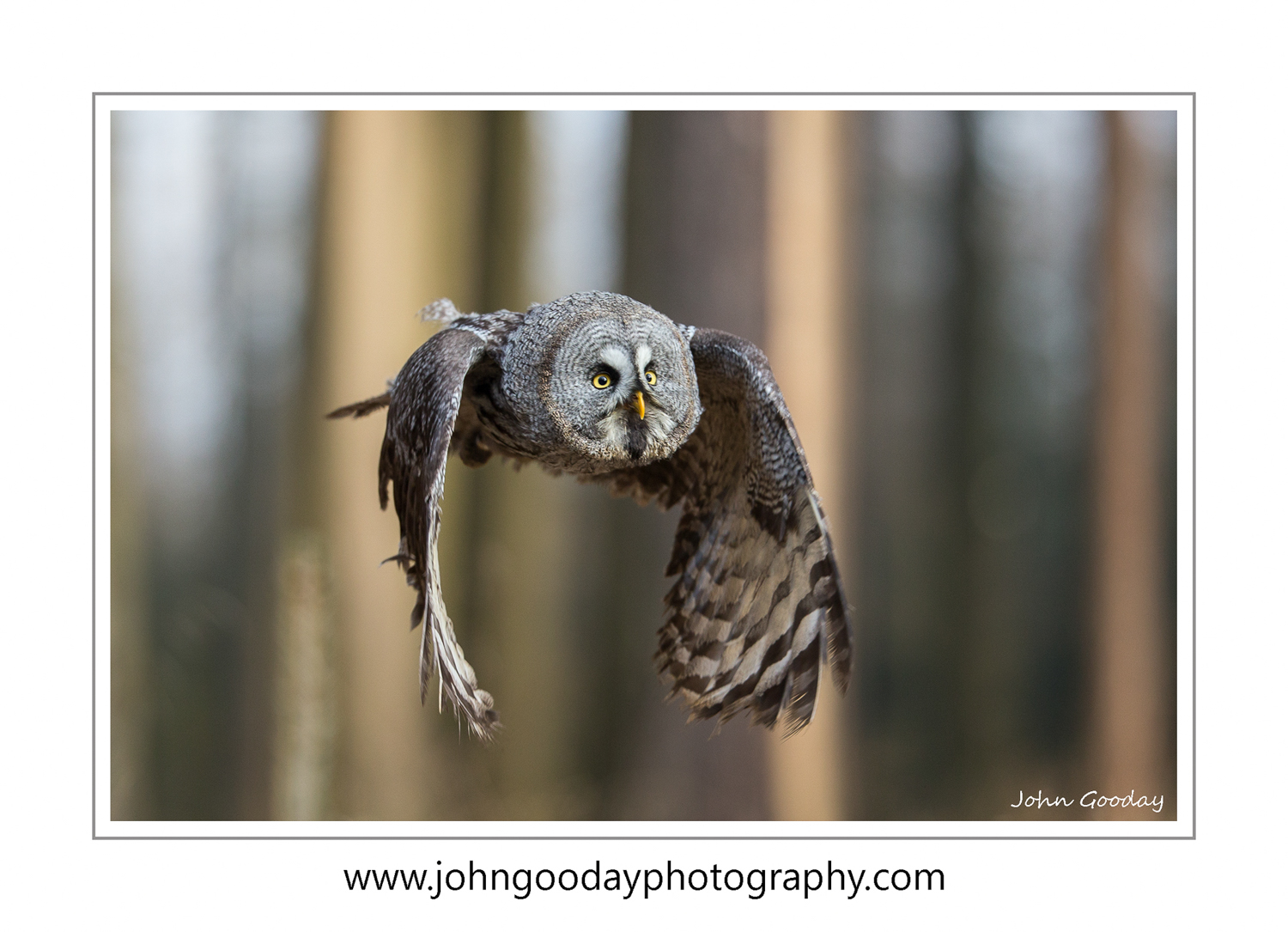Recently, I spent a week shooting in the Czech Republic with Canon's 200mm f/2. Not an obvious choice of lens for my sort of work, but it turned out to be a great piece of glass which gave a new look and feel to images. I was very reluctant to return it when the 7 days were up. To use the 200 f/2 to its best you’ll need to get pretty close to your subjects – something that’s often problematic in the real world. But if you can manage to use the thing at close quarters, it gives a unique feel to images that few other lenses can match.
(Image: Canon EOS 1DX, EF200mm f/2L IS II, 1/1250 @ f/2.2, ISO 1600)
Initial impressions
The first thing you notice about the lens is that it’s pretty hefty, weighing 2.5 Kg – that’s a kilo more than the 70-200mm f/2.8L IS, and it’s even a shade heavier than the 300mm f/2.8L! It’s not as long as the 300 and all that weight is packed into a small space. Perhaps this is why it felt a bit awkward to hand hold. It actually feels heavier than 2.5Kg. For the week of testing I used a tripod for the majority of shots as I found it quite tiring to shoot freestyle (and I’m used to hefting a 500mm about…). One reason that the lens is so heavy is that it's a mark 1 lens and isn't constructed out of the same fancy lightweight materials that Canon's latest mark II super telephotos are made from. Being a mark 1 lens, it also has the old style leather lens hood which I find a bit of a pain. I would be tempted to invest in an alternative hood from the likes of Aquatec.
The next thing that strikes you is the price - £4449 at www.wex.com at the time of writing). It’s certainly not cheap, especially when you consider that the 70-200 f/2.8L IS II can be bought for £1750 or less. Is the one-stop increase in maximum aperture, and prime lens sharpness, worth an extra £2750 over the aforementioned excellent zoom? That depends…
What else do you get for your money? Well, there's a '5 stop image stabiliser' (at least a stop more than other Canon lenses). In reality, I find manufacturer's claims for stabilisation a little optimistic - I tend to knock off a stop or two. I didn't really test the stabilisation scientifically, but when hand-holding it seemed pretty much equivalent to that in the 70-200mm. I suspect the extra weight of the lens makes it hard to hold the lens as steady as the much lighter the 70-200mm, hence the lack of apparent stability gain). It has the usual two modes of stabilisation - standard and panning. There's a focus range limiter switch, and the ability to preset a focus point which the lens will immediately jump to if you press one of the buttons around the rim. All pretty standard for an L series telephoto prime.
So, how did it perform in the field? Three things became apparent over the course of the week
The lens is sharp. Sharper than anything I’ve ever used before. And it’s nice and contrasty.
f/2 is, to my surprise, a usable aperture in real life and brings a whole new look to images
At wide apertures the lens can produce beautifully soft backgrounds, even when the background isn’t that far away
Sharpness and focussing
I used to think that the 300mm f/2.8 defined the meaning of 'sharpness'. The 200mm f/2 is in another league. Raw images produced on a 1DX were so sharp that I often ended up turning off raw image sharpening in lightroom to avoid images from other lenses I was using looking soft by comparison. I honestly can't imagine how a mark ii model of this lens (which doesn't look likely anytime soon) could improve on the current version's sharpness.
(Image: Canon EOS 1DX, EF200mm f/2L IS, 1/2000sec @ f/2 ISO 500, tripod with Uniqball head)
I was a little worried that focussing would be slow – Canon’s other ultra wide aperture lenses (I’m thinking of the 85mm f/1.2 and 50mm f/1.2) are not renowned for locking on quickly, and fairly hopeless at tracking fast moving subjects. The 200mm actually focusses very rapidly – I found it no slower than the 300mm f/2.8 or 500mm f/4, and mounted on a 1DX it had no problem tracking a Goshawk in flight (and that’s a fairly rapidly moving target). I’d say that the lens was eminently suited to action photography.
Using ultra-wide apertures in the real-world
You might think that f/2 would produce such a shallow depth of field as to be virtually unusable. Not the case - I was surprised by how much was still in focus around the origin - enough to keep both eyes and beak sharp in head-on shots at f/2. More interestingly, the focus dropped away very smoothly making the transition from sharp to soft much less noticeable than I'd expected. But it did drop away quite spectacularly as distance from the point of focus became mid-range -more so than human vision. This has the effect of really separating the subject from the background in a way that isn't possible with a 200mm f/2.8, or the human eye for that matter. Images shot this way can seem almost three dimensional, certainly very different to other telephotos. The photo below shows how the background, less than 10m behind the eagle, drops out of focus at f/2.2. I've also included a shot from a previous visit to this site taken with a 70-200mm f/2.8. The eagle's slightly further back from the camera (it didn't seem to be listening to me telling it to fly down the same path as before), but even so you get an idea of how f/2.8 doesn't separate it from the rocks in the background nearly as well.
(Image: Canon EOS 1DX, EF200mm f/2L IS II, 1/1250 @ f/2.2, ISO 1600)
(Image: for comparison, this shot was taken with a 70-200 f/2.8 wide open. Canon EOS 1DX, EF70-200mm f/2.8L IS II, 1/1000 sec @ f/2.8, ISO 3200, tripod with Uniqball head)
But what's that I hear from the back of the classroom? "Couldn't I get the same effect by standing a bit further back with a 300 f/2.8?". Er, no. The laws of physics get in the way. To get the eagle and scenery the same size in the frame with a 300mm as I did with the 200mm I'd need to stand 1.5 times further back from the bird. Using the standard formula for calculating depth of field, I calculated what would happens if I shot at 10m with a 200mm @ f/2, compared to shooting at 15m with a 300mm @ f/2.8. The total depth of field (distance of the image actually in focus) with the f/2 is 31cm. With the f/2.8, it's 44cm - that's more than a third more, which makes a big difference. (Shooting at 10m with a 200mm f/2.8 will also give an depth of field of 44cm, in case you were wondering...).
Background blur
I'm not sure quite how you can objectively measure how nice the background blurring created by a lens is, but I find the 200mm f/2 to produce some of the most pleasing blur I've seen. The narrow depth of field that creates the three-dimensional look discussed above also creates pleasing blurs out of backgrounds that are relatively close. Shooting in a forest (as I was a lot of the time while testing the lens) that's a real bonus as some things (like trees) are pretty hard to move further away by hand. Rather than try and explain what the blur is like, I'll let you examine some images shot at wide aperture and decide whether you like the effect yourself.
(Image: Canon EOS 1DX, EF200mm f/2L IS, 1/1000 sec @ f/2, ISO 1000, hand-held)
(Image: Canon EOS 1DX, EF200mm f/2L IS, 1/500th sec @ f/2, ISO 500)
(Image: Canon EOS 1DX, EF200mm f/2L IS, 1/1600 sec @ f/2, ISO 500, tripod with Uniqball head)
(Image: Canon 1DX, EF200mm f/2L IS, 1/320 sec @ f/2, ISO 320, hand-held)
Other considerations and summary
There's a bit of vignetting at f/2, but not that much. A lot less than you'd see on a wide angle prime. I also felt the tripod shoe was a little small. I needed a reasonably long plate to allow me to balance the lens in a tripod with the 1DX and 5D Mark III. The plate I ended up using (125mm) dwarfed the lens foot.
The lens works with a 1.4x extender but image quality degrades a little (I'd say level with an unextended 70-200mm). The image below shows a test target shot at 5m with the 200mm @ f/2, and 7m with the 200mm + 1.4x extender @ 7m. If you look at the enlargements, you can see, for example, that the 'I promise to pay..' text is a little clearer in the non-extender (left) image.
This is a very special lens that, in the right conditions, can produce images that look very different to normal telephoto shots. Very few wildlife photographers have one, so you won't see that many photos similar to yours. It's a differentiator. The only reason I'm not rushing to the nearest Canon Pro dealer to obtain one is down to the price - £4500 is a lot for 200mm.











